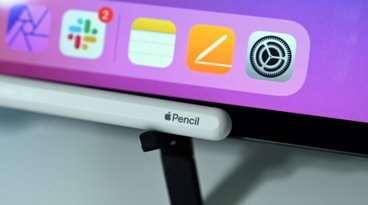Apple's A5 processor could pave way for larger chip trend
Responding to another analyst's claims that, from a semiconductor perspective, "Apple is falling behind - way behind," analyst Didier Scemama of RBS issued a report on Friday defending the A5's larger footprint, Barrons reports.
Given that the A5 is 122 square millimeters in dimension, compared to the Tegra 2's 49 square millimeters, Scemama finds the difference "surprising" because both processors have similar specifications: "dual core Cortex-A9 ARM CPU, high-end GPU, HD video, high-end audio and imaging."
That size difference is partly attributed to the 45-nanometer process used by Samsung to build the A5, as Nvidia used Taiwan Semiconductor's smaller 40-nanometer process.
According to Scemama, "the major difference in specification between the chips is that Apple uses Imagination Technologies‘ PowerVR SGX543 dual-core GPU in the A5 and Nvidia uses its own GPU called GeForce.â€
The PowerVR SGX543, which AppleInsider was first to report would be included in the iPad 2, provides a dramatic boost in graphics power. Though Apple claims a 9x graphics speed bump from the original iPad to the iPad 2, real world tests suggest the second-generation tablet has roughly 5x the graphics power of its predecessor.
The analyst cited OpenGL benchmark tests that show "that the A5 beat Tegra 2 handsomely." When tested against the Tegra 2-powered Motorola Xoom tablet, the iPad 2 performed 3.7x better than the Xoom.
The Tegra 2's slower performance may be a result of cost limitations that Nvidia faces with its customers, the report noted. Scemama believes that Nvidia needs to keep the Tegra 2 chip in the $15 to $20 range. In contrast, UBM TechInsight estimates that Apple's new chip costs $25 to make, though the research firm speculates that high volume, generated by building A5 into a range of products such as the iPhone 5 and next-generation iPod touch, could bring the costs down to $15.
"Apple can afford to use a larger chip, which delivers substantially better performance, as it pays a fraction of the price it would pay if it used an off-the-shelf solution with similar performance," said Scemama.
Scemama speculates that ARM and Imagination Technologies would benefit from an ensuing spec race as competitors attempt to match Apple in terms of performance.
"Given the current gap in performance between the A5 from Apple and other competing chips, we believe it is possible higher performance (and therefore potentially larger die size) processors may be required by OEMs. This may explain the current race among ARM partners to launch higher performance processors in terms of CPU but also, crucially, GPU," he noted.
Nvidia's price limits could stem from struggles by rival tablet makers to keep costs down while remaining competitive with the iPad on features and performance.
Last year, Apple CEO Steve Jobs noted that the company's "potential competitors [in tablets] are having a tough time coming close to iPad's pricing. iPad incorporates everything we've learned about building high value products. We create our own A4 chip, software, battery chemistry, enclosure, everything. This results in an incredible product at a great price. The proof will be in the pricing of our competitors' products, which will offer less for more. "
Jobs' words rang true this spring when Motorola revealed a $799 price tag for the entry level Xoom, despite the company's use of the cheaper Tegra 2 chip. Shortly after Apple unveiled the iPad 2, Motorola announced a $599 Wi-Fi only version of the Xoom.
 Josh Ong
Josh Ong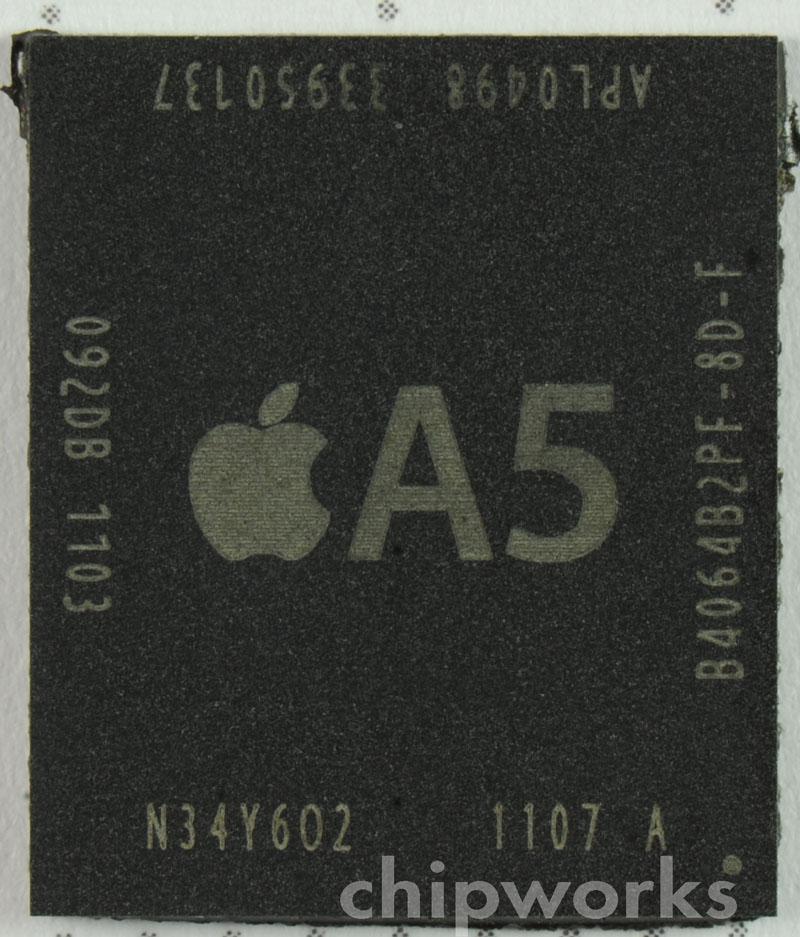




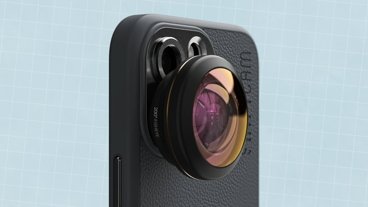






 Amber Neely
Amber Neely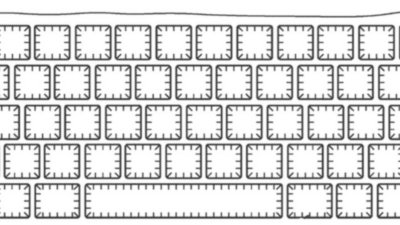
 William Gallagher
William Gallagher
 Malcolm Owen
Malcolm Owen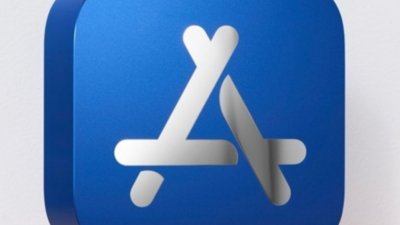

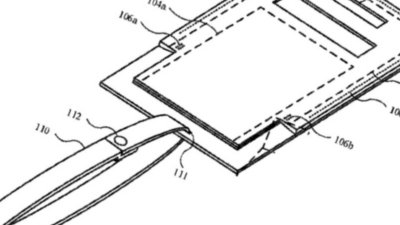
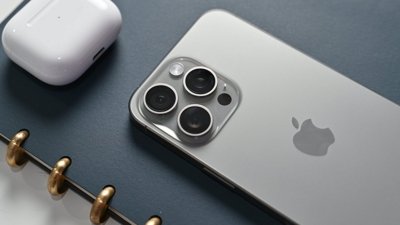
 Mike Wuerthele and Malcolm Owen
Mike Wuerthele and Malcolm Owen
 Sponsored Content
Sponsored Content

